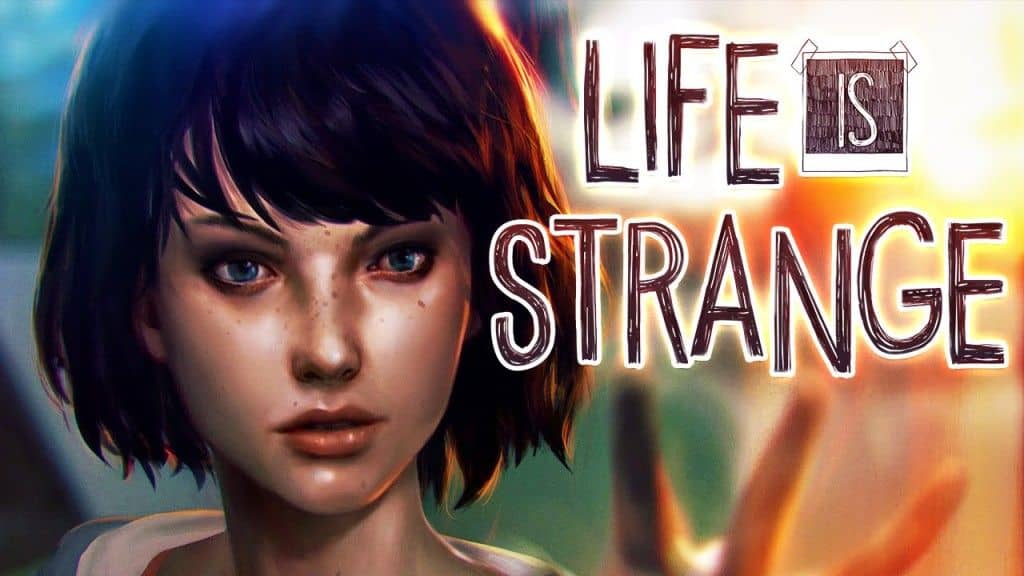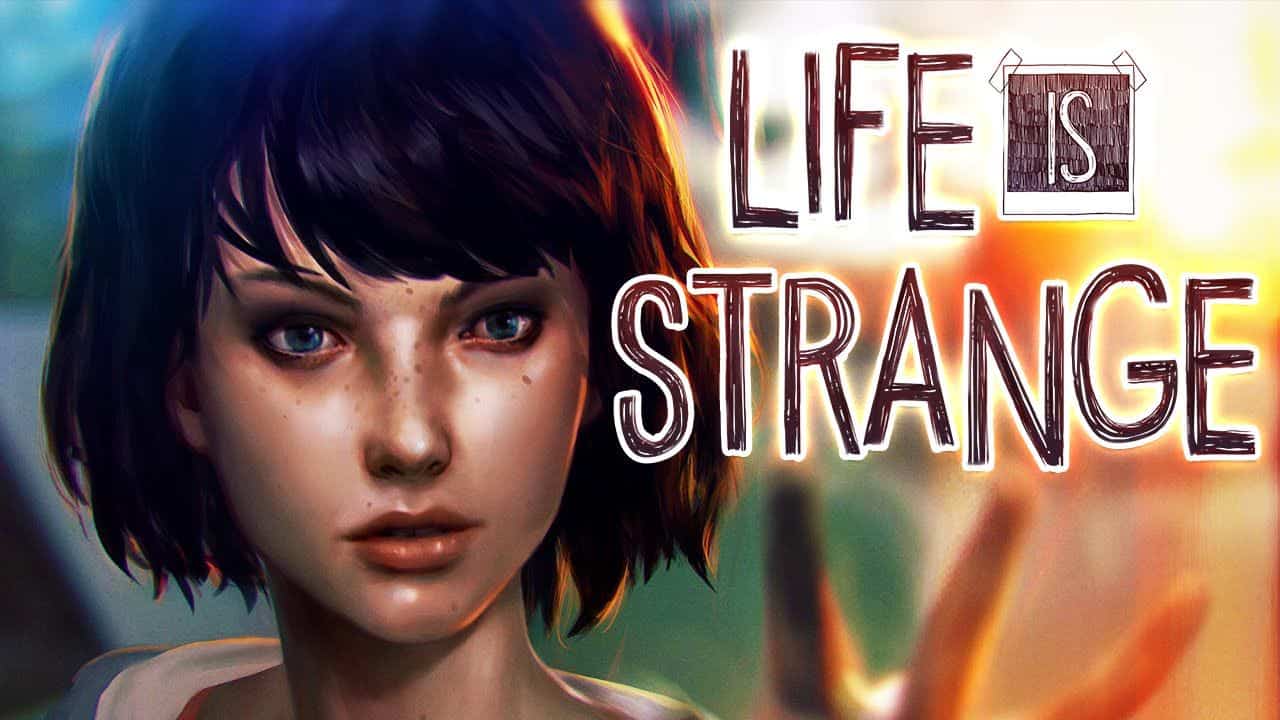amazon Life is Strange reviews
To develop a complete and well-thought-out review of “Life is Strange,” we analyze every facet of its story, plot mechanics, themes, character development, art style, and game impact on its players. Life Is Strange is an episodic graphic adventure game released in 2015 by Square Enix and developed by Dontnod Entertainment. Narrative-led and story-intensive, the game has attracted attention for its emotional appeal and exploration of thematic concerns such as friendship and identity and the consequences of our choices. In this review, we intend to investigate all these aspects in-depth to formulate a complete analysis of what makes “Life Is Strange” a special and memorable game.
The Introduction to Life is Strange
Set in the fictional town of Arcadia Bay, Oregon, “Life Is Strange” puts players in control of Maxine “Max” Caulfield, a high-school senior who realizes she has the power to turn back time. The game mixes choice and consequence gameplay, puzzle-solving, and interactive storytelling, allowing players to shape the narrative through decisions and interactions with various characters. While navigating the intricacies of adolescence, friendship, and growing powers, Max reveals dark secrets about the town and must solve moral dilemmas that influence the story’s direction.
Narrative and Storytelling
1. Character Driven Plot
“Life is Strange” is a character-driven narrative that pursues the lives, relationships, and personal troubles of its protagonists:
Max Caulfield: The protagonist and an insightful photography student who also comes back to her hometown, reestablishes friendships, and is faced with the consequence of her time manipulation abilities.
Chloe Price: An old childhood friend of Max, rebellion-ridden and troubled, who continues to hold great relevance in the story as both investigate the mystery surrounding the disappearance of another student and uncover deep mysteries around Arcadia Bay.
2. Choices and Consequences
Example of what happens throughout the game, choice and consequence have become thematic sayings, where players’ choices made inside gameplay affect the direction of the storyline and relationships:
Butterfly Effect: With Max’s ability to rewind time, players will be able to choose between a multitude of options for dialogue, actions, and the resulting outcomes. This leads to a splitting of narrative paths and multiple endings dependent on players’ choices.
Moral dilemmas: These moral choices presented in the game are morally convoluted, to test the player’s ethical reasoning and emotional involvement, thereby often blurring the lines with right and wrong.
3. Topics and Emotional Depth
“Life is Strange” encompasses some pretty deep themes present throughout the game:
Friendship and Loyalty: The dynamic relationships between Max and Chloe and the influences of player choices simulate loyalty, forgiveness, and the nuances of long-standing friendships.
Identity and Acceptance: Characters usually face issues of identity, societal pressures, and self-acceptance, with matters such as bullying, problems with mental health, and typical explorations of adolescence.
Loss and Grief: The game deals with issues like loss and grief and how people deal with tragedy and cope with their feelings in the wake of life-changing events.
Gameplay Mechanics and Interactivity
1) The Time Manipulation Mechanic
The defining feature of gameplay in “Life is Strange” seems to be time manipulation which, along with the players, provides them with control over story events:
Rewind Ability: This rewinds time by recreating reasons and effects in the time transition and time-rewinding actions to give the players decisions revisitable and give them dialogues, with varying branches assigned to solve puzzles.
Puzzle-solving: For solving, the same time manipulation fits for solving environmental puzzles with hidden clues which encourage exploration and strategic thinking while playing.
2. Interactive Narrative
The game emphasizes interactive storytelling with regards to dialogue choices, exploration, and the resultant decision-making:
Branch Productions: Decisions made by the player influence different aspects of the game, like the relationship between the characters, events occurring in the story, or the ultimate outcome of the conflicts, thus enhancing story trajectory and emotional impact.
Player Agency Decisions have their effect and their outcome: self-development of characters, plot twists, and the attitude of the storyline all goes into producing a personal play experience.
3. Exploration and Environment
Even now, “Life is Strange” has opened up its environments to everyone and to its interactivity:
Open-world Design: If they would like to, players can open up Arcadia Bay and just freely explore its nooks and crannies to find optional interactions, collectibles, and clues to enjoy the narrative even more.
Atmospheric design: Atmospheric visuals with their sonorous ambient soundscapes and environmental storytelling contribute to making the emotional resonance of the game and putting its immersive world-building into frame.
Art Direction and Soundtrack
1. Visual Aesthetics
The visual style of “Life is Strange” combines hand-painted artistry with strongly nostalgic and indie film-inspired aesthetics.
Art Design: A character model, environment, and cinematic cutscenes depict painterly quality and reinforce mood, feeling, and theme with a visual story.
Symbolism and Imagery: Motifs, recurrent images, and color symbolism enhance the thematic richness of the mood transitions, character emotions, and subtexts in narrative.
Soundtrack and Audio Design
The score-cum-soundtrack of “Life is Strange” addresses the narrative peaks-and-drills, as well as the emotional ones:
Original Score: An eclectic mix of indie folk and atmospheric tunes with ambient tracks creates atmospheric scores enveloping the equation of emotional moments between characters as well as the thematic significance.
Licensing Music: The licensed music from artists Syd Matters, Foals, and Alt-J enriches the narratives with nostalgic scents and creates places within the culture and contemporary setting in which the game has been set.
1. Critical Acclaim and Reception
In addition to this, the game has been raved about for its narrative depth, character evolution, and gameplay innovation:
Tarift; The collection of various reviews has compiled complimentary scores for the game’s story, emotional impact, and player choice system, such as “narrative excellence and thematic exploration.”
Player Participation: A community will arise around the game, where users can theorize about storyline events, create fan art, and discuss the game’s characters and themes.
2. Legacy and Influence
“Life is Strange” is a game that has made a mark not only during its launch but even after- on inspiring the modern narrative games as well as interactive storytelling:
Sequel and Spin-off: Because of the success of “Life is Strange,” this title has come with a sequel (Life is Strange: Before the Storm followed by “Life is Strange 2”) and has been able to come out with new spin-off titles based on new characters, environments, and themes but within the same universe.
Cultural Transmission: Sensitive topics, character-driven partly by interactive storytelling, created resonance with players, leading to reflections on representation, diversity, and emotional storytelling in video games.
On the contrary, if I were to say conclusion in one line, “Life is Strange” is a moving experience in video games: They have woven together an engaging story, new techniques for gameplay interaction, and layers of meaning to create immersion. Friendship, identity, and consequence are themes of the game, giving its players a chance to solve moral dilemmas, establish lasting bonds, and philosophically come to terms with the complexity of being human in a world filled with detail.
By means of time manipulation, multiple endings, and moody aesthetics, “Life Is Strange” not only challenges traditional conventions of gaming but embraces the power of the player in determining the narrative’s outcome. As a consequence, it has created a lasting impression in the gaming industry, provoking conversations about narrative and character, and the wider potential of interactive media to incite empathy and challenge perceptions.
“Life Is Strange” will remain relevant for its testimony to the medium’s artistry and the transformative arc its characters take-from the choices made by each player-and the very choices limiting their destinies. For those experiencing Max Caulfield’s storyline for the first time or are revisiting the mysteries of Arcadia Bay, players are welcomed to walk through the emotional terrains of “Life Is Strange” and witness the long-lasting effects of choice, consequences, and the relationships that bind our lives.
where can you get a Life is Strange online
Life is Strange – Complete Season [Online Game Code]: Buy it now
Life is Strange Limited Edition – PC: Buy it now
Life is Strange – Season Pass [Online Game Code]: Buy it now
Plot
Time travel game Life is Strange takes players into the story with dramatic circumstances, nervous and affect both the past, present and future.
Players will play the character named Maxine Caulfield, a photography student at Arcadia Bay. After the discovery of ex-girlfriend named Chloe has special powers – time travel – sometimes you soon caught up in a mysterious adventure in Arcadia Bay. More and more things are revealed when they discover the truth behind the disappearance of a companion.
Meanwhile, Max began to have a feeling that the girls are struggling a lot to understand the meaning behind their capabilities. She’ll quickly realize that change the past sometimes can ruin the future.
The story and characters play a crucial role in the game. The decision of the players will have the ability to change the story as one by the secret was revealed. Time travel element is the essential points made in Life is Strange circumstances. While memories and ego are used to convey the feeling of nostalgia for childhood, the inner struggle in the current Chloe again somewhat mystical.
Scene
The game revolves around two main characters Max and Chloe are constructed with extremely realistic images. Instead of using real-world context of Oregon City to highlight the supernatural elements in the game, Life is Strange emphasizes the idyllic beauty. In each game, the character Max has at least one secret place for him, where he can comfortably relax and watch the world.
Life is Strange is also very attentive to every little detail to make the world of the game becomes more realistic, from the noise in the bar until Whales Two things that Chloe wrote on the poster in her bedroom. Players will have the feeling that the place is not the backdrop to the story that it really is the real world, where the characters are living and breathing every minute every second. Also, the music also makes in Life is Strange world becomes more real.
Gameplay
Life is Strange is adventure game played from the third angle. Story is told from the perspective of Max and the time travel element allows players to turn back the past and fix any action. Your decisions will affect the story, may in the short term or long term. That means that many things can be better, but bring terrible consequences in the future.
The collected items before time travel will be retained in the repository. Players can check and interact with via a UI widgets include hand-drawn icons. The Easter eggs will also appear in all levels of the game.
Graphics
Life is Strange graphics are hand drawn with expressive faces and cityscape Oregon beautiful country. Visual effects are used when the heroine back to the past is reminiscent to the movie with a similar plot.

